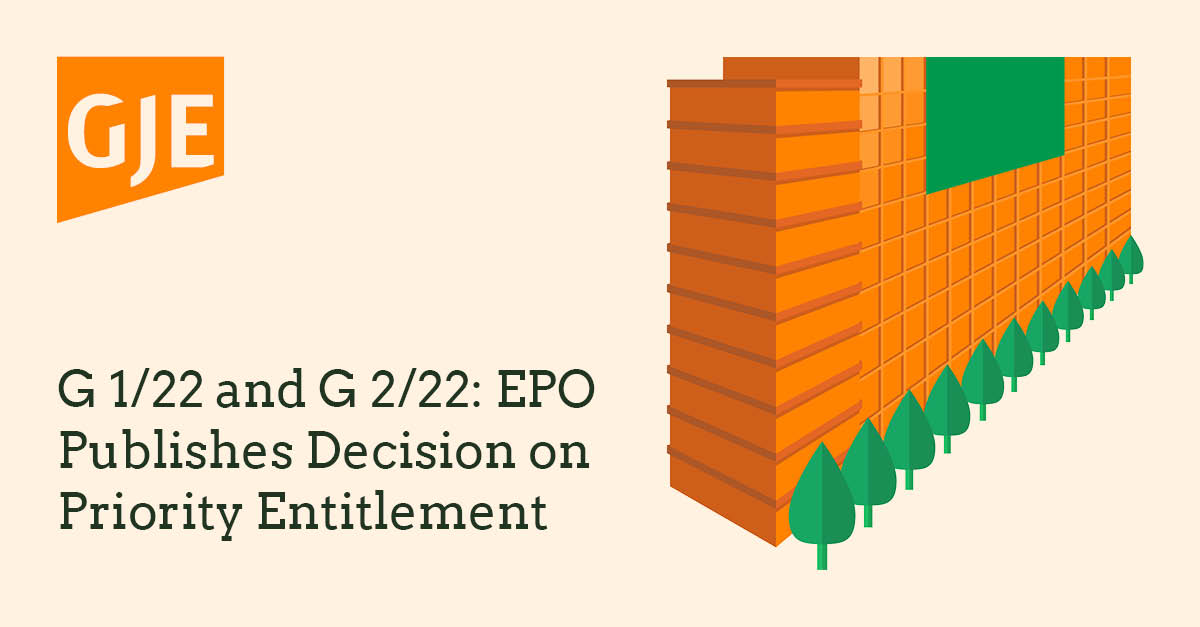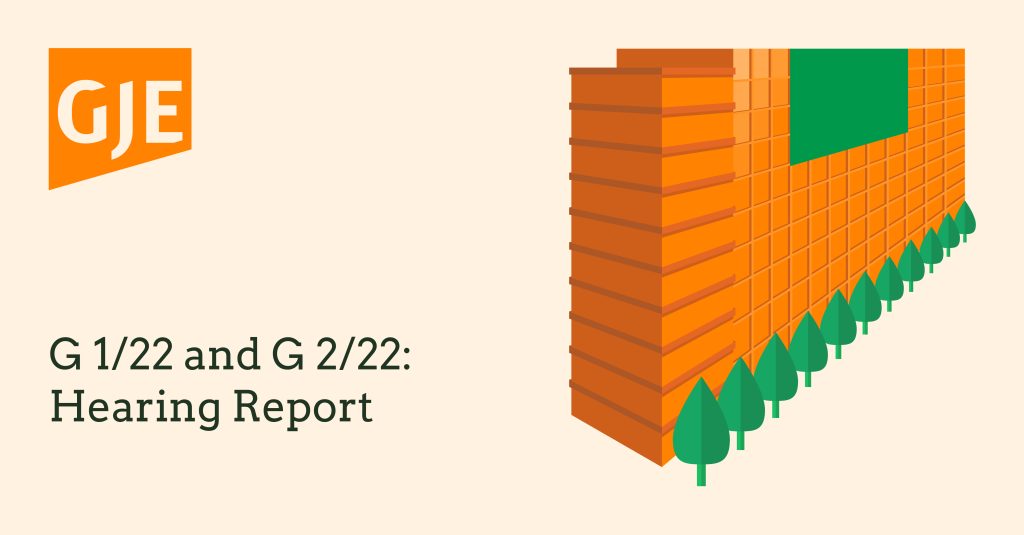
The EPO have published the eagerly anticipated G1/22 and G2/22 decision of the Enlarged Board of Appeal, providing guidance on the assessment of priority claims at the EPO.
As expected from the events on the day of the hearing (you can read our hearing report here), the Enlarged Board of Appeal have decided that the EPO is competent to assess whether a party is entitled to claim priority. We can therefore expect the EPO to continue assessing the validity of priority claims where relevant. Furthermore, the Enlarged Board of Appeal have confirmed that, where a PCT is filed by two parties, claiming priority from an application filed by only one of these two parties, the joint filing of the PCT application implies an agreement between the parties to rely on the priority, even where different applicants are designated for different states.
However, in a surprising development, the Enlarged Board of Appeal also state in their decision that there is a “rebuttable presumption” that a priority claim is valid, even where the applicant(s) for the European patent application are not identical to the applicant(s) for the priority application.
This decision may make it more difficult for opponents to challenge priority claims in opposition proceedings before the EPO. However, this will be welcome news to patentees as the existence of a rebuttable presumption may make it easier to rely on priority claims, even where the applicant for the European patent application is not the same as the applicant for the priority application.
You can read the full answers from the Enlarged Board of Appeal to the referred questions below.
Answer to Question 1
The European Patent Office is competent to assess whether a party is entitled to claim priority under Article 87(1)EPC.
There is a rebuttable presumption under the autonomous law of the EPC that the applicant claiming priority in accordance with Article 88(1) EPC and the corresponding Implementing Regulations is entitled to claim priority.
Answer to Question 2
The rebuttable presumption also applies in situations where the European patent application derives from a PCT application and/or where the priority applicant(s) are not identical with the subsequent applicant(s).
In a situation where a PCT application is jointly filed by parties A and B, (i) designating party A for one or more designated States and party B for one or more other designated States, and (ii) claiming priority from an earlier patent application designating party A as the applicant, the joint filing implies an agreement between parties A and B allowing party B to rely on the priority, unless there are substantial factual indications to the contrary.
If you have any questions regarding the relevance of G 1/22 and G 2/22 to your European patent applications, please get in touch with us at gje@gje.com.
